CHAPTER 5 Art of West Asian Empires (2000-330 BCE)
1/24
There's no tags or description
Looks like no tags are added yet.
Name | Mastery | Learn | Test | Matching | Spaced |
|---|
No study sessions yet.
25 Terms
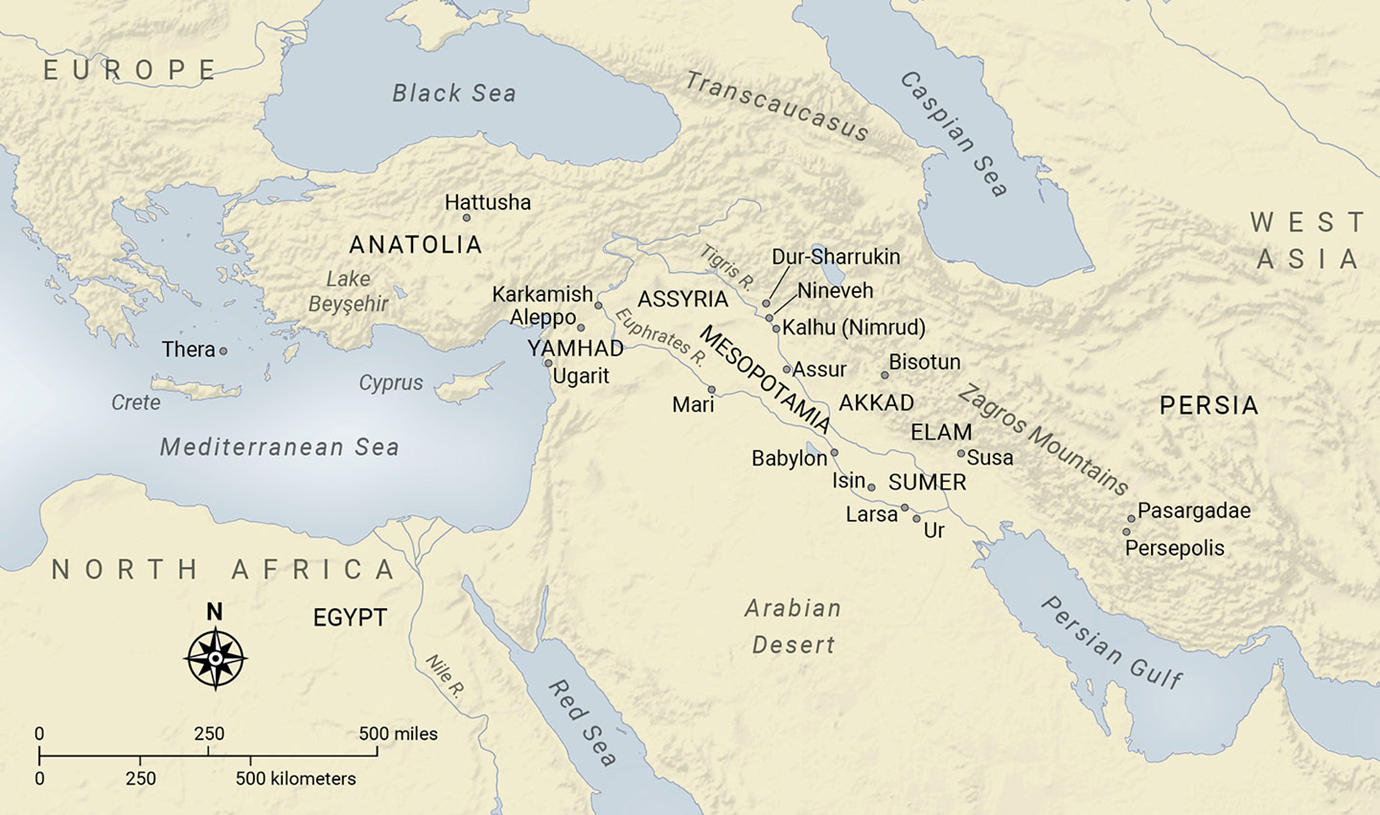
Map 5.1 West Asia, 2000–300 BCE.

5.1 Law stele of Hammurabi. c. 1760 BCE. Originally installed in Babylon but excavated at Susa (Iran). Black basalt, height 7 ft. 4⅝ in. (2.25 m). Musée du Louvre, Paris
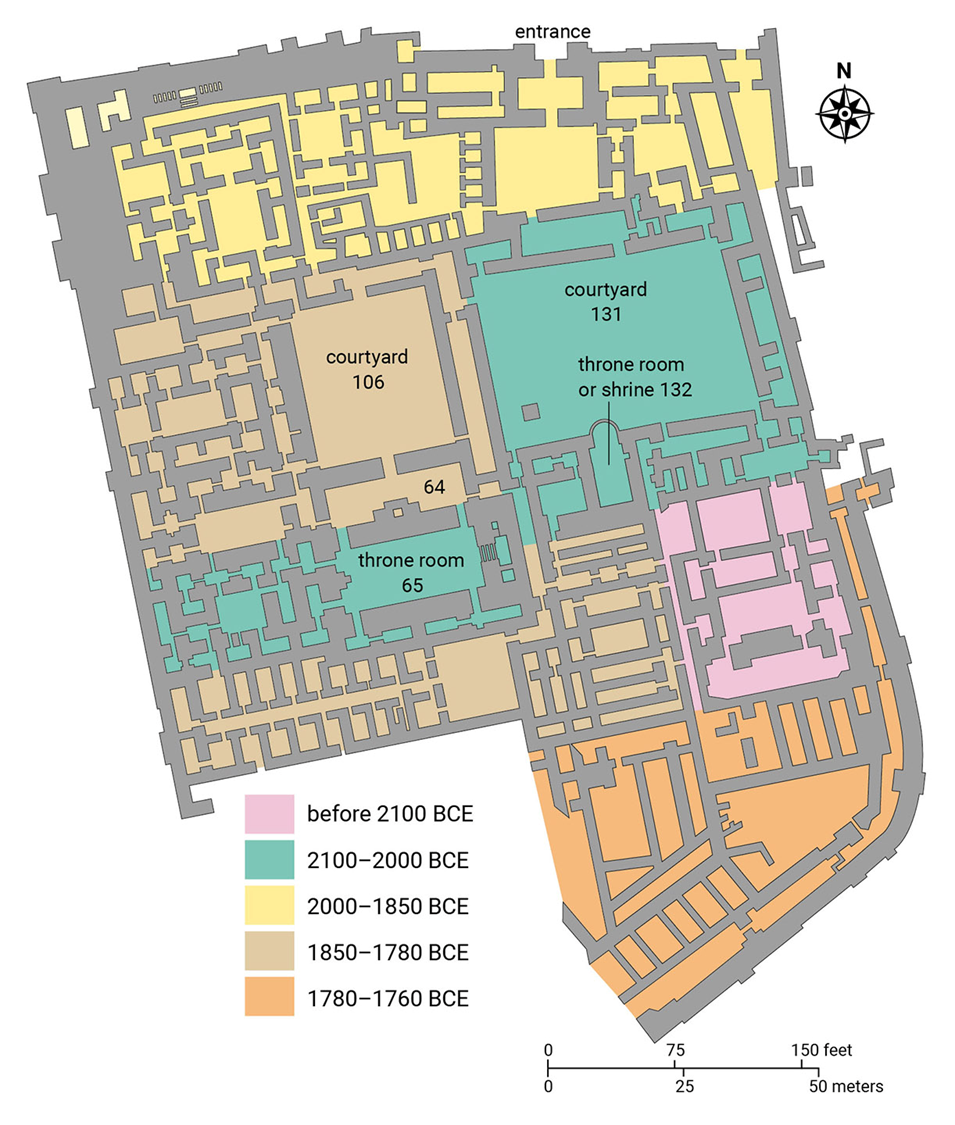
5.2 Palace of Mari (architectural plan), Tell Hariri, Syria. Middle Bronze Age, c. 2100–1760 BCE
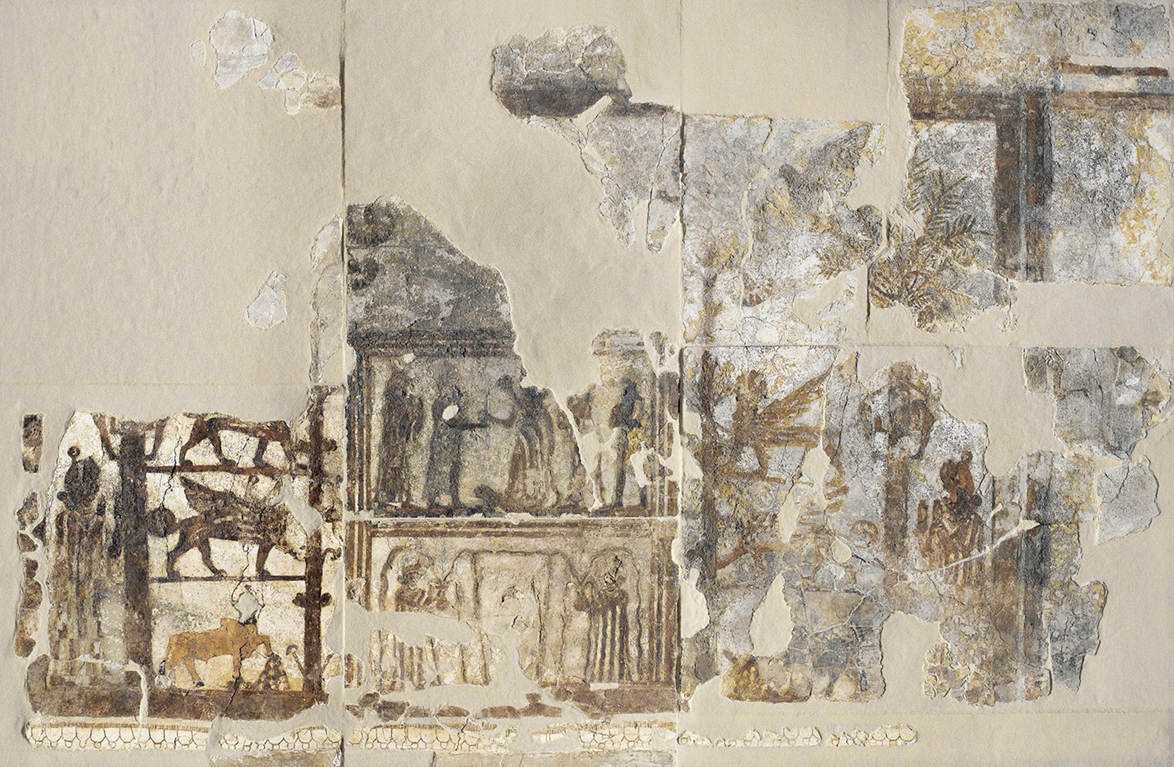
5.3 The Investiture of Zimri-Lim, wall painting from Court 106 of the Palace of Mari, (Tell Hariri, Syria), c. 1760 BCE. Fresco, 5 ft 9 in. × 8 ft 2½ in. (1.8 × 2.5 m). Musée du Louvre, Paris.
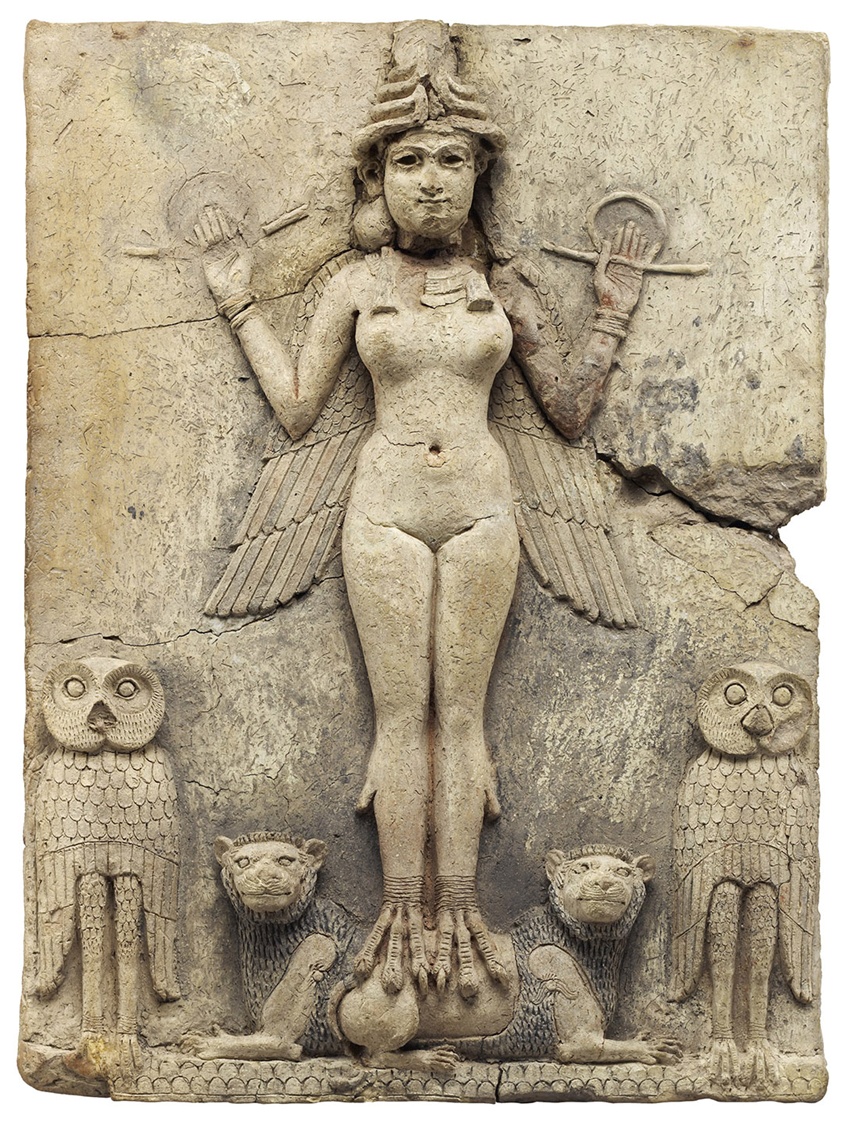
5.4 The Burney Relief (“Queen of the Night”), possibly from Larsa, Iraq (provenance unknown; acquired in the 1920s in southern Iraq). Old Babylonian, c. 1900–1700 BCE. Straw-tempered clay pressed onto a mold,British Museum, London
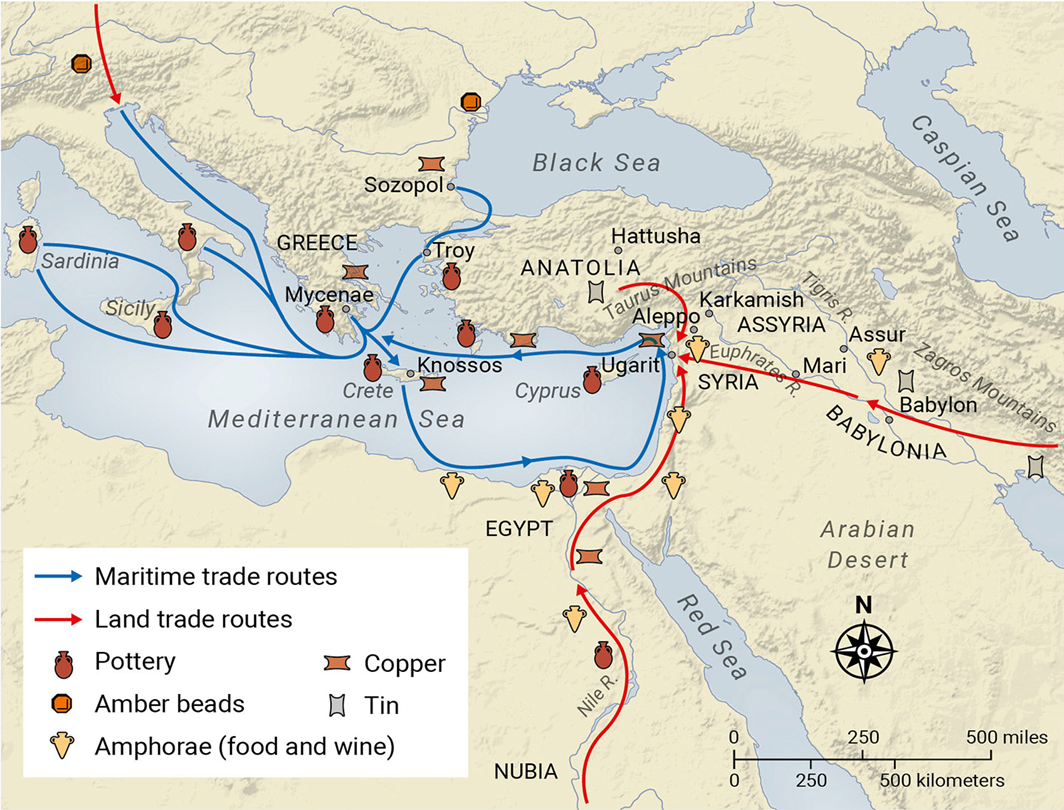
Map 5.2 Maritime trade in the Eastern Mediterranean during the Late Bronze Age, c. 1600–1200 BCE.
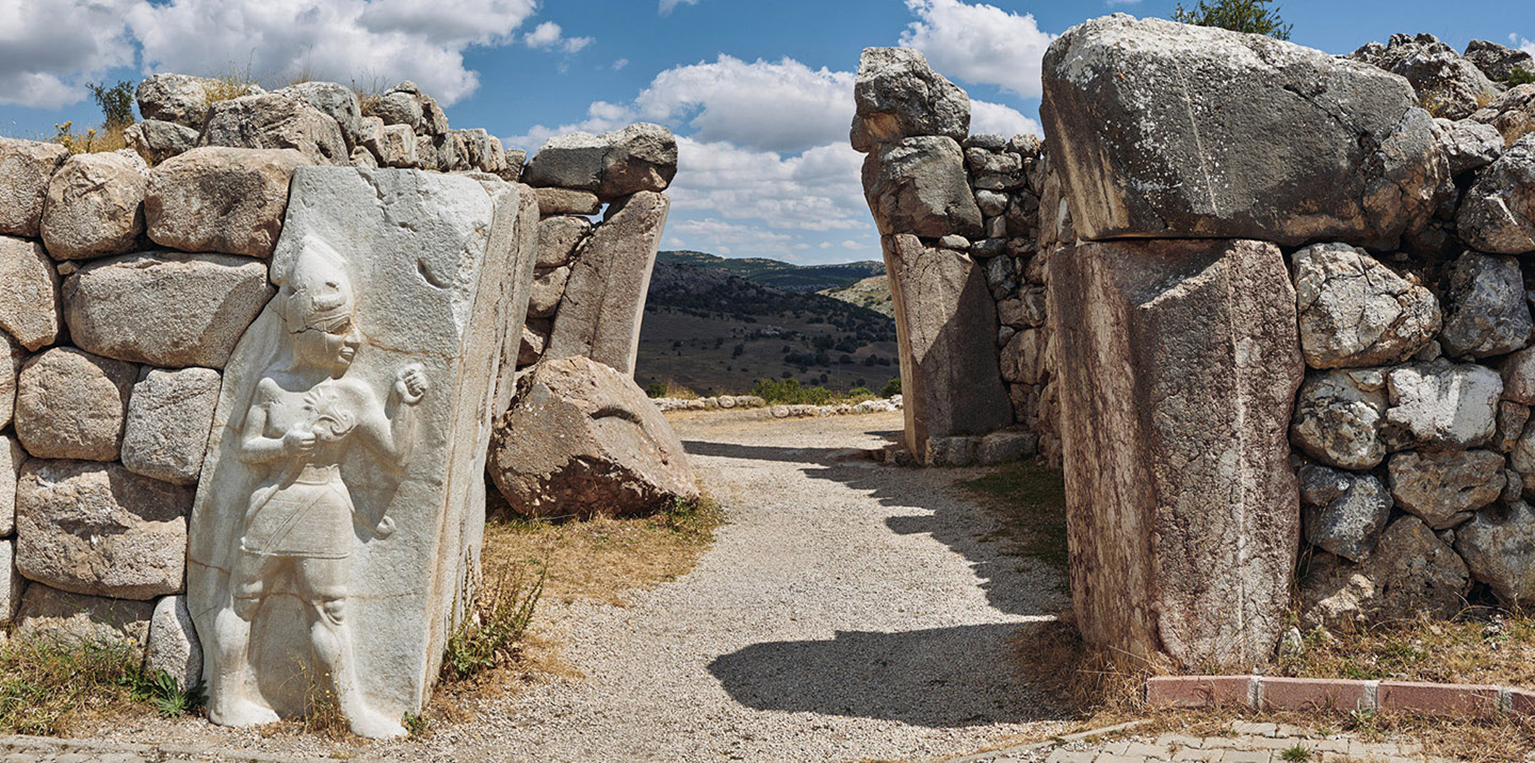
5.5 King’s Gate at the Upper City of Hattusha, capital city of the Hittite empire. Boğazköy, Turkey, last third of sixteenth century BCE.
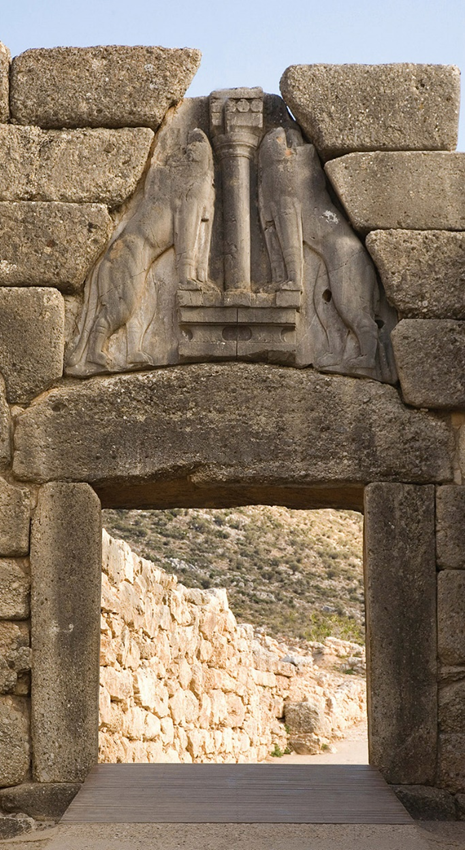
10.7 Lion Gate, Mycenae, Greece, thirteenth century BCE. Limestone relief and Cyclopean masonry.
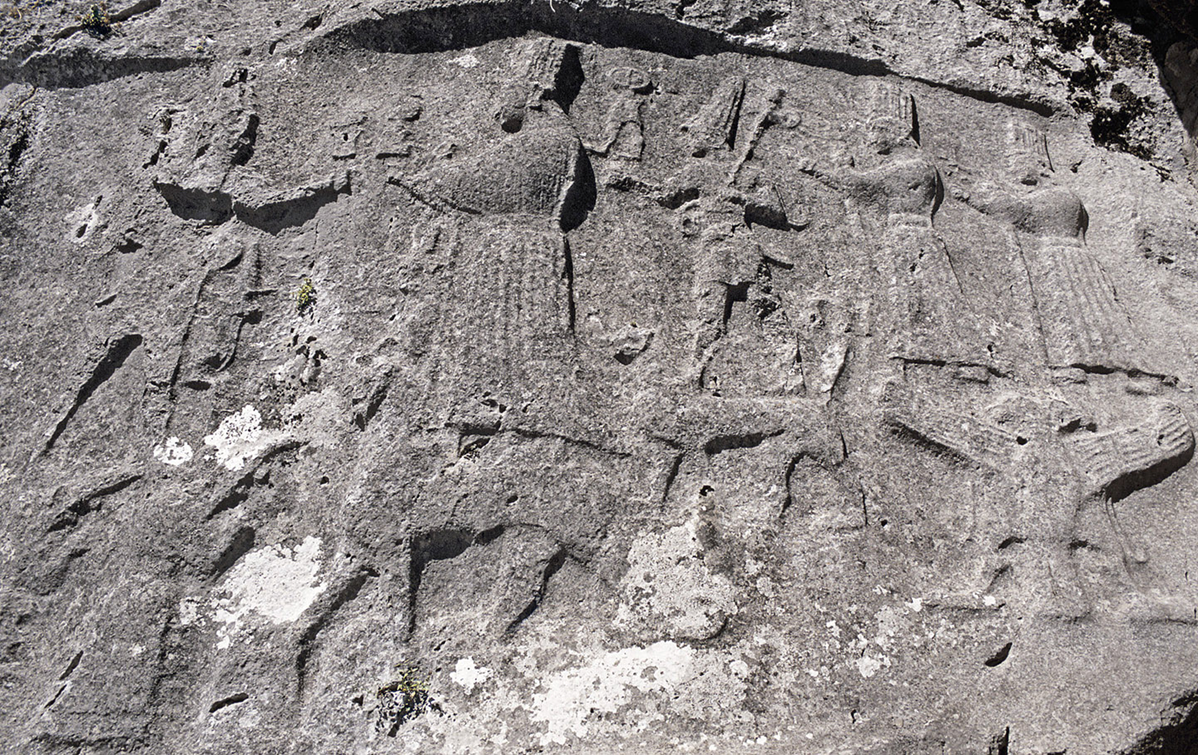
5.6 Deities in procession, from the Yazılıkaya open-air rock sanctuary, Boğazköy, Turkey, 1400–1200 BCE. Stone relief.
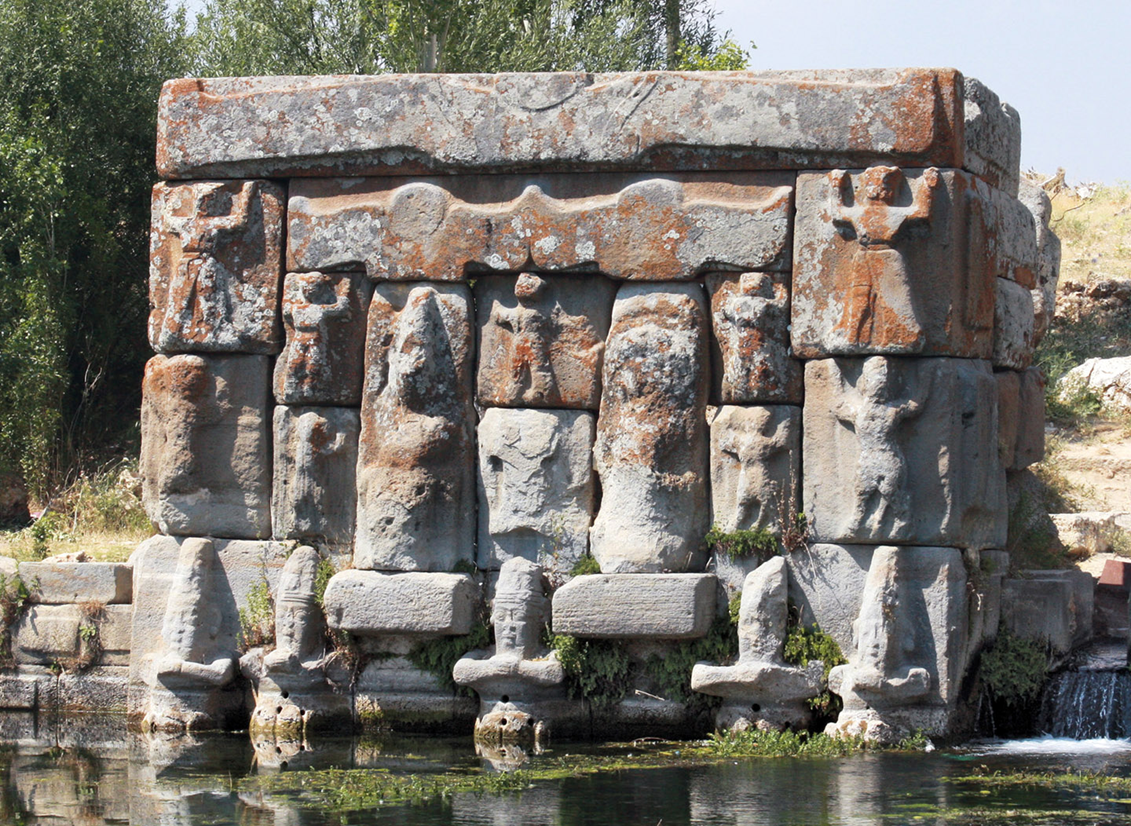
5.7 Eflatun Pınar sacred pool complex, near Beyşehir Lake, Konya province, Turkey, late fourteenth–early thirteenth century BCE
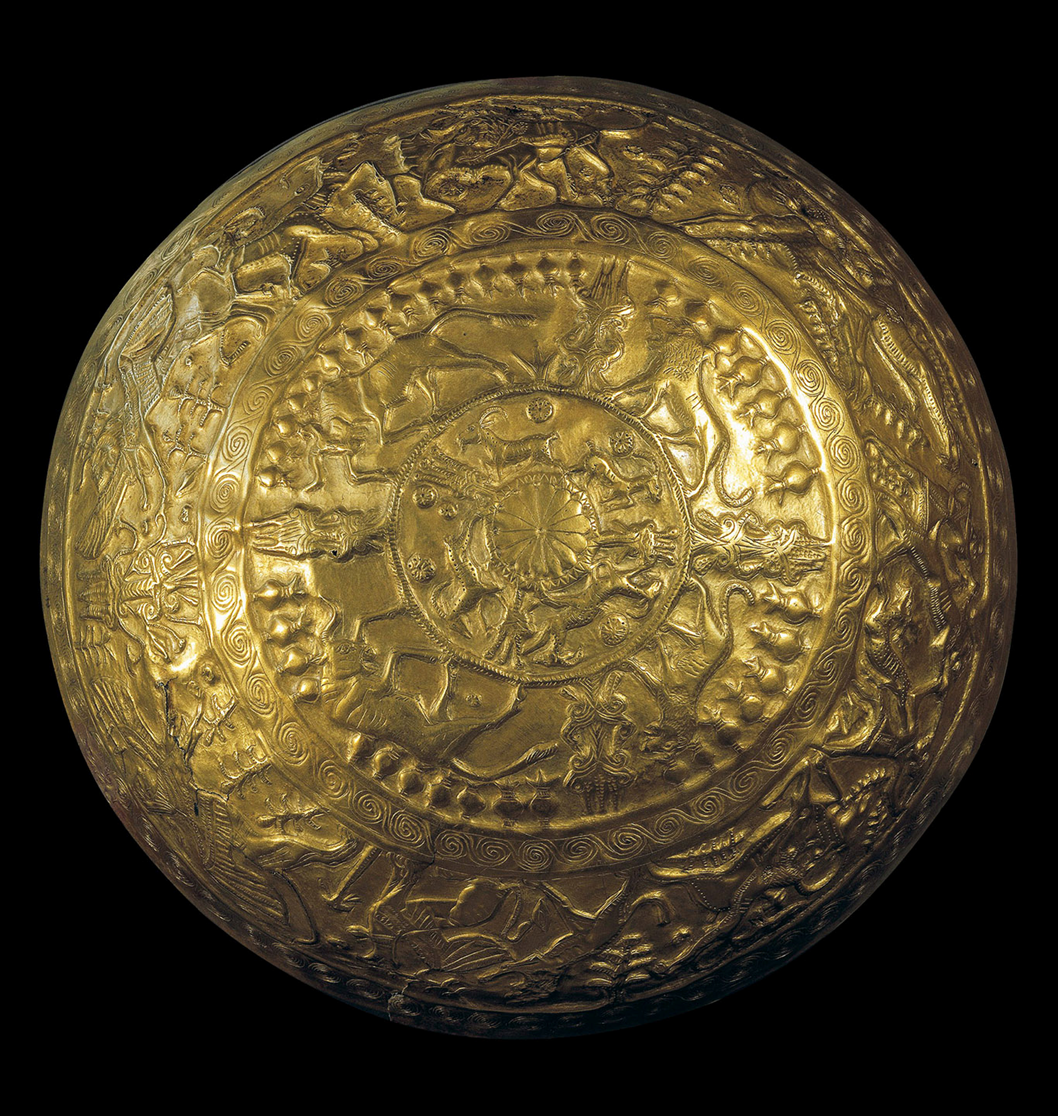
5.8 Gold bowl from Ugarit (Ras Shambra, Syria), fifteenth–fourteenth century BCE. Gold, diameter 6¾ in. (17.2 cm). Aleppo National Museum, Syria.

5.9a The Long Wall of Sculpture, Karkamish on the Euphrates (reconstruction drawing), tenth century BCE. (originals now in Museum of Anatolian Civilizations, Ankara, Turkey).
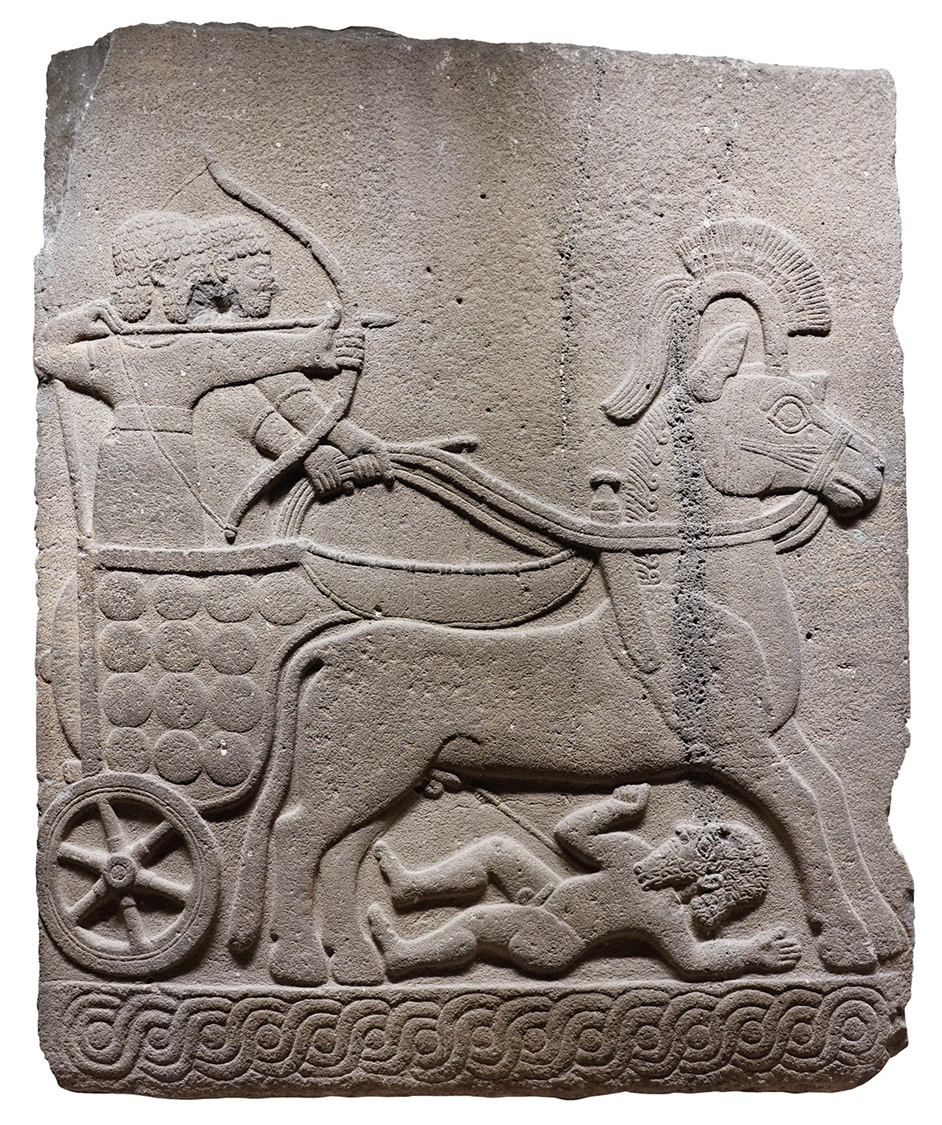
5.9b Chariot scene from the Long Wall of Sculpture, Karkamish on the Euphrates, tenth century BCE,Museum of Anatolian Civilizations, Ankara, Turkey.
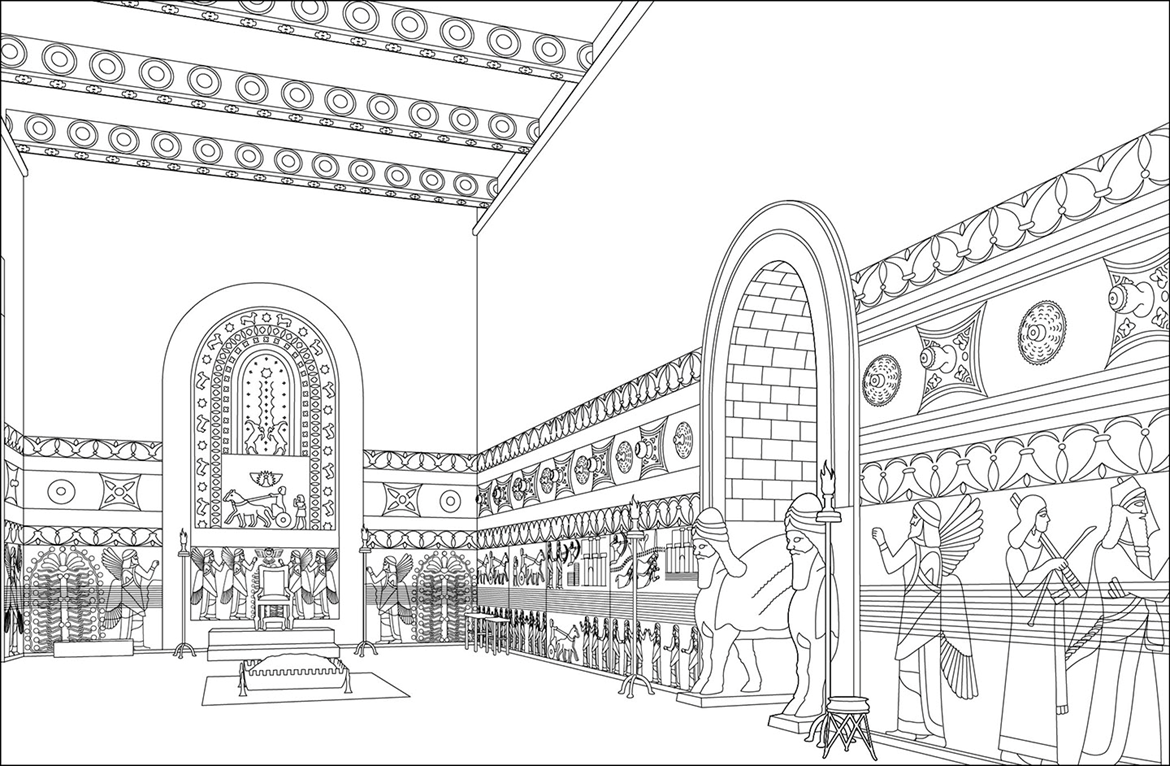
5.10 Throne Room (B) of Ashurnasirpal II, Northwest Palace at Kalhu (Tell Nimrud, Iraq). (Reconstruction drawing.)
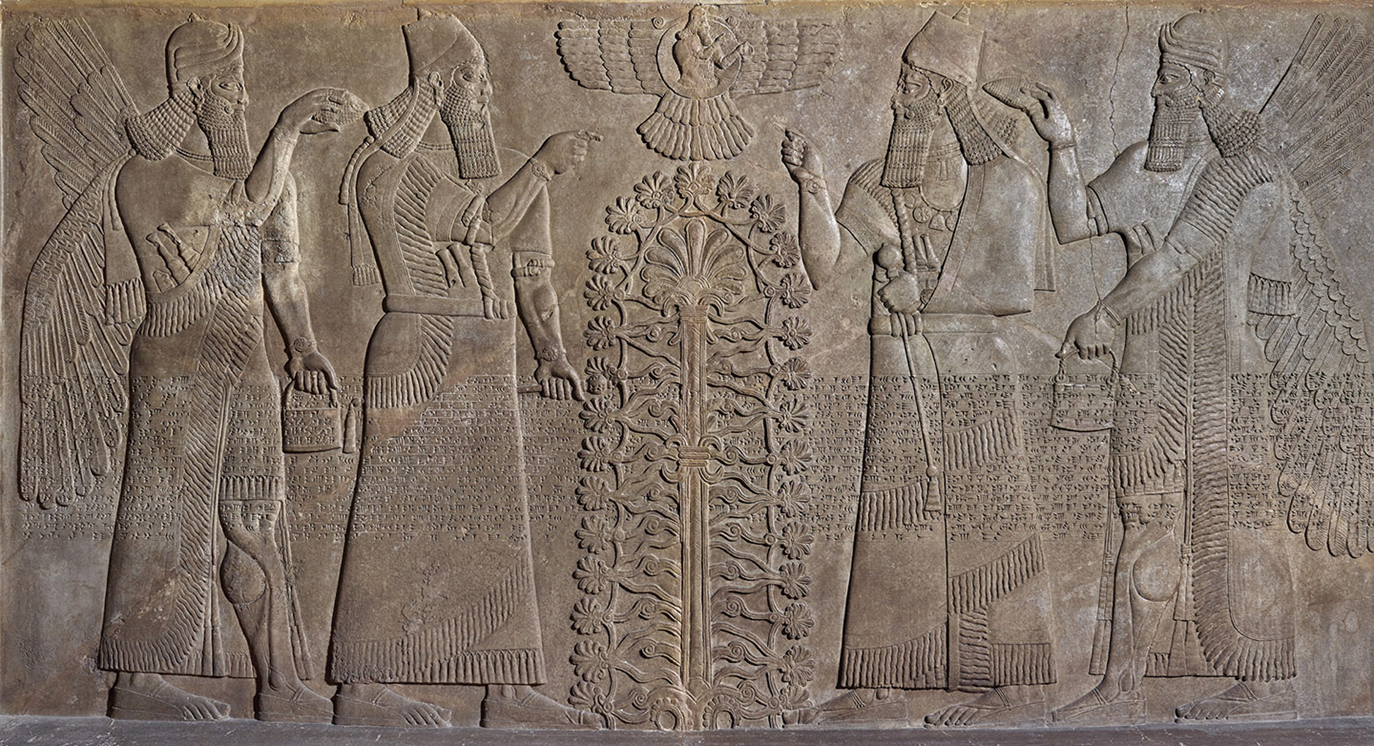
5.11 Orthostat from Throne Room (B) of Ashurnasirpal II, Northwest Palace at Kalhu (Tell Nimrud, Iraq). 883–859 BCE. Gypsum, height 76¾ inches (195 cm). British Museum, London.
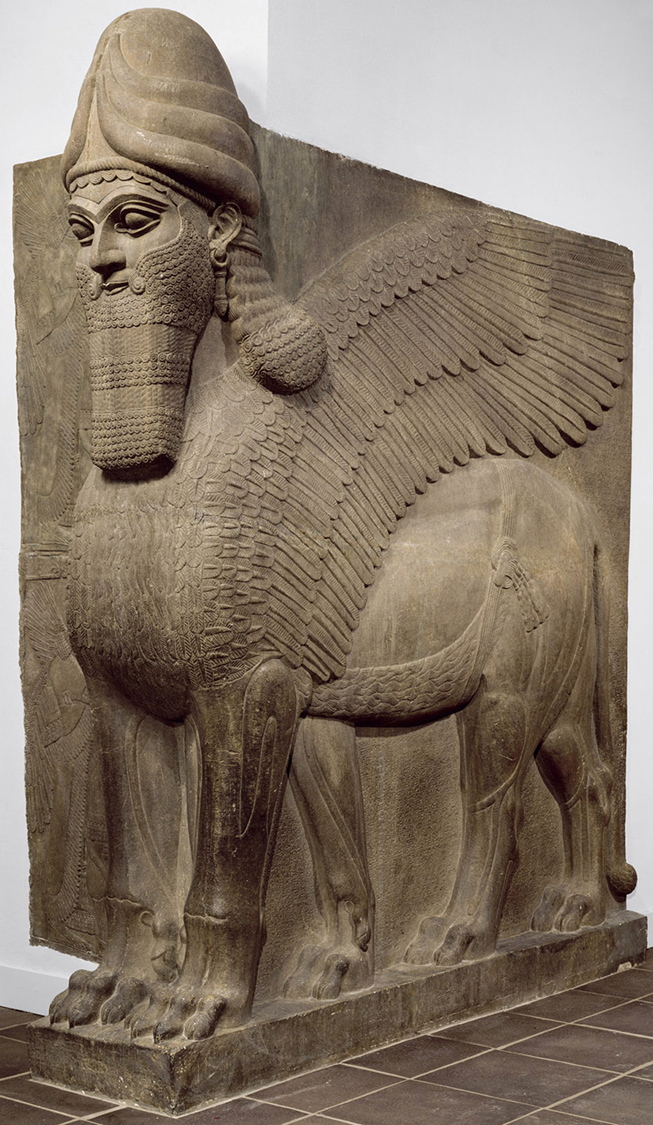
5.12 Colossus winged lion (lamassu) that guarded a portal in the Northwest Palace of Ashurnasirpal II at Kalhu (Tell Nimrud, Iraq), c. 879 BCE. Gypsum, 122½ × 24½ in. (3.11 × 0.62 m). Metropolitan Museum of Art, New York
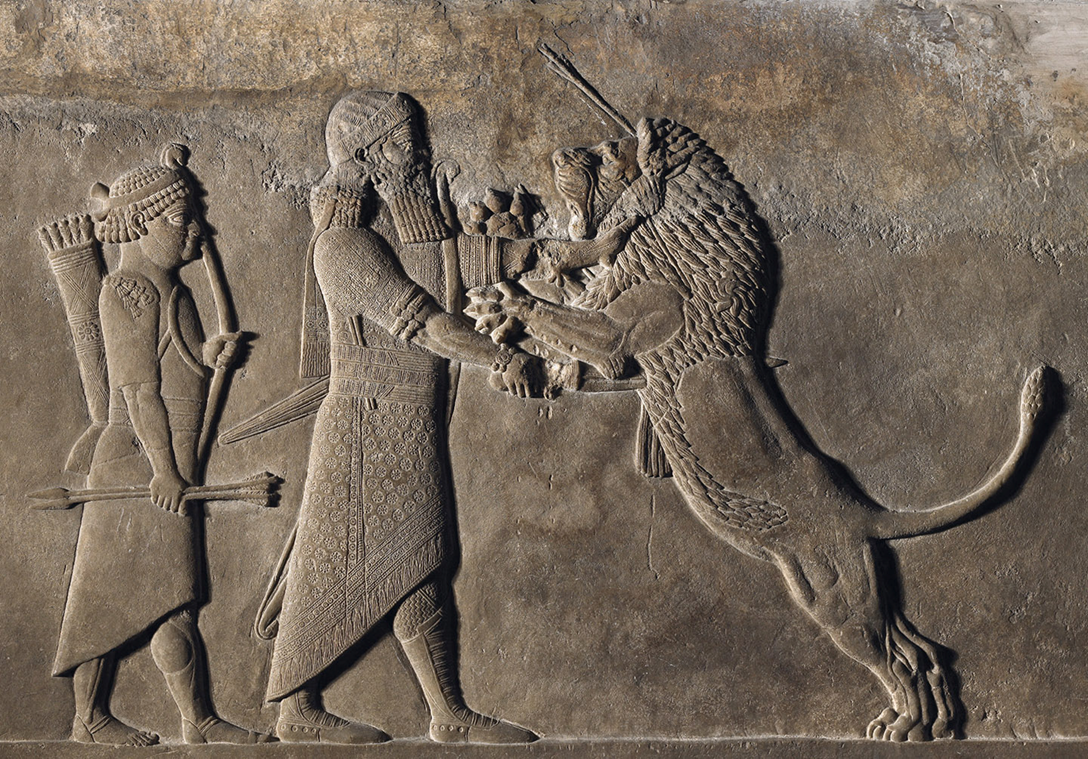
5.13 Lion hunt of King Ashurbanipal, from the North Palace, Nineveh (Mosul, Iraq), c. 645–635 BCE. Scene from gypsum relief orthostat; entire relief 24 × 46 in. (61 × 116.8 cm). British Museum, London
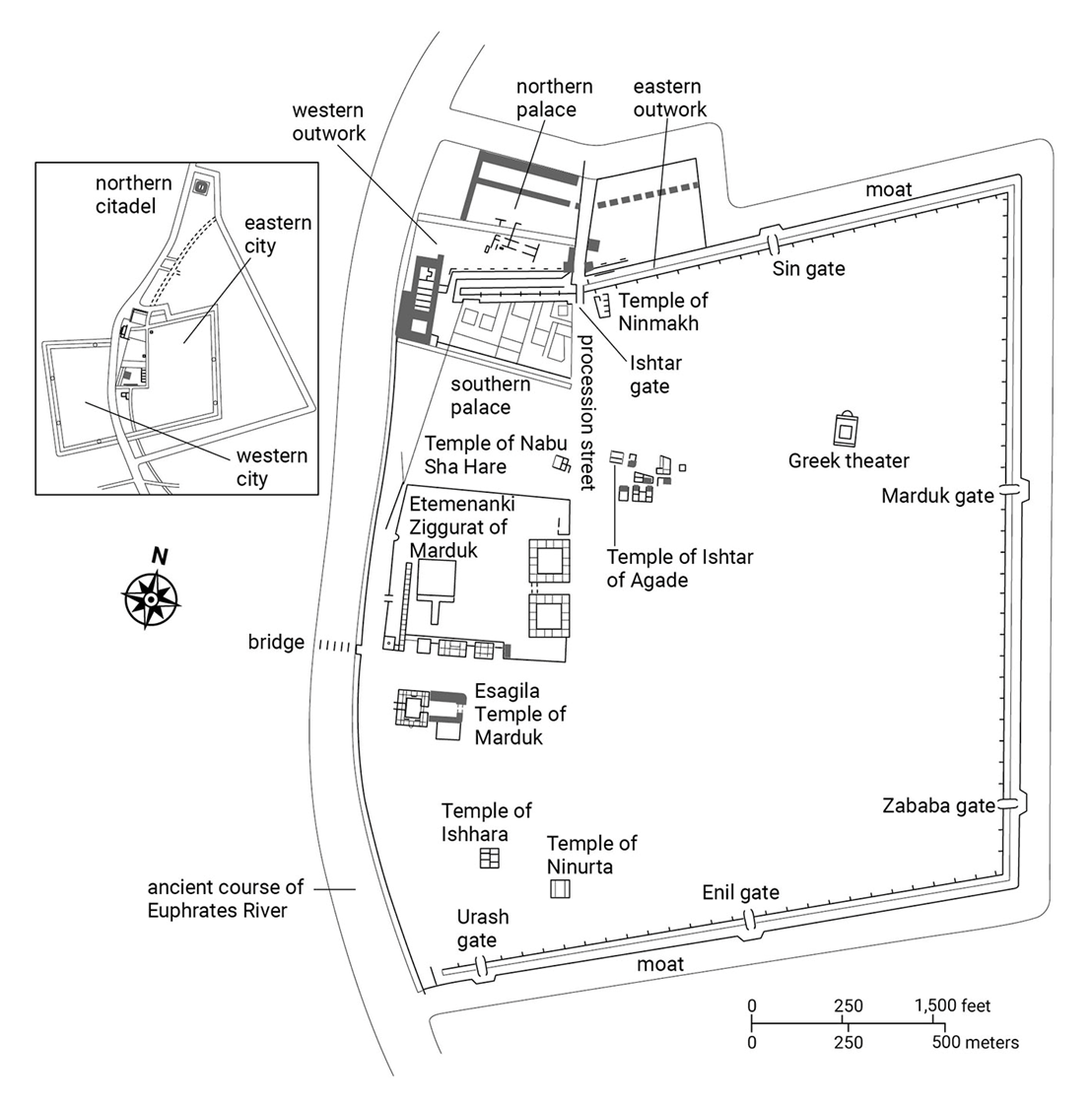
5.14 Plan of the city of Babylon, Neo-Babylonian dynasty.
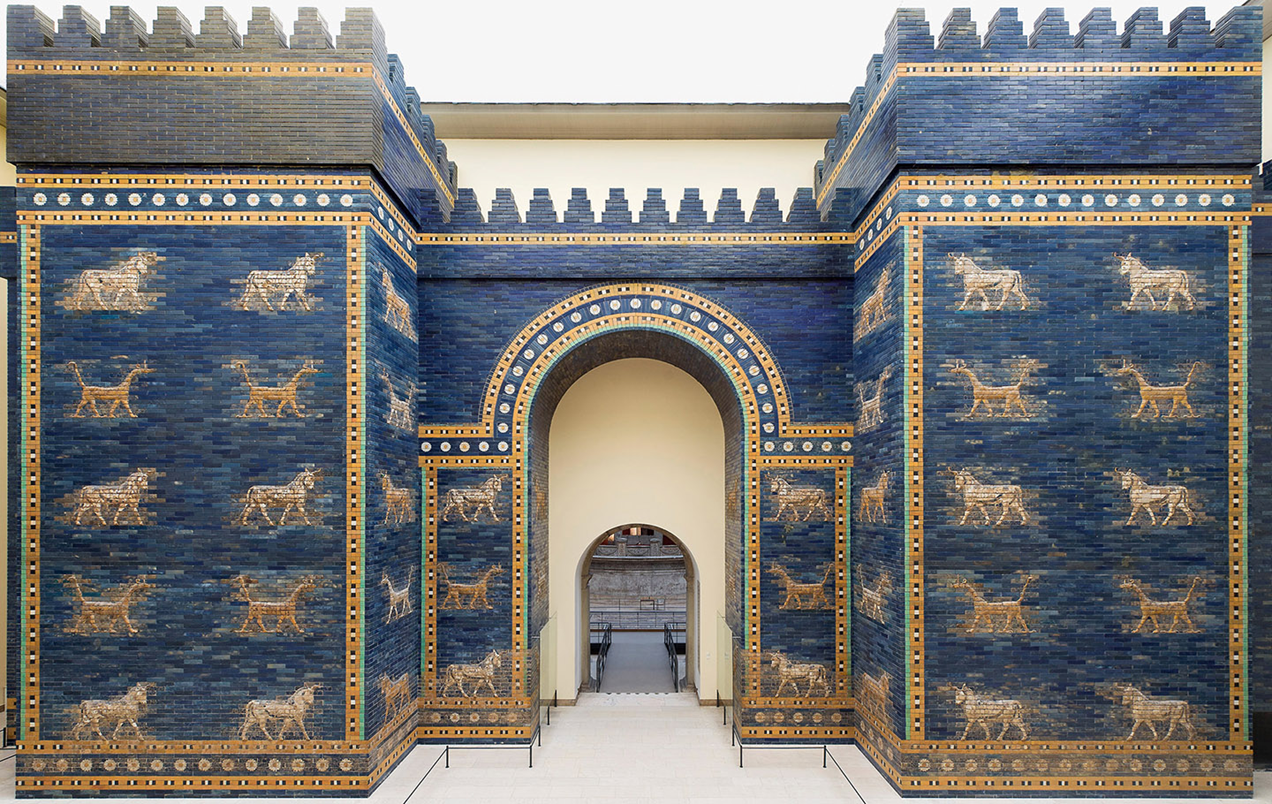
5.15 Ishtar Gate of Babylon, (Iraq). 605–562 BCE. Reconstruction at the Pergamon Museum, Berlin.
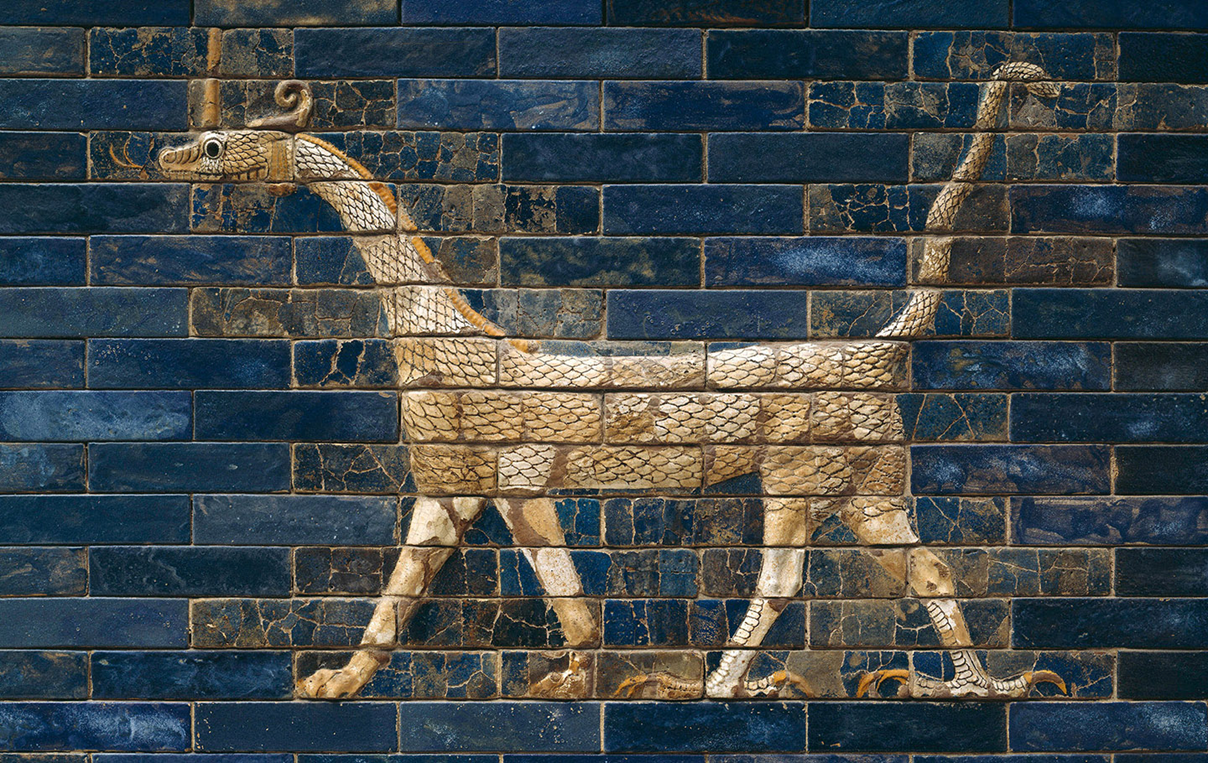
5.16 Snake-dragon (mušhuššu) on the Ishtar Gate of Babylon. Reconstruction at the Pergamon Museum, Berlin.
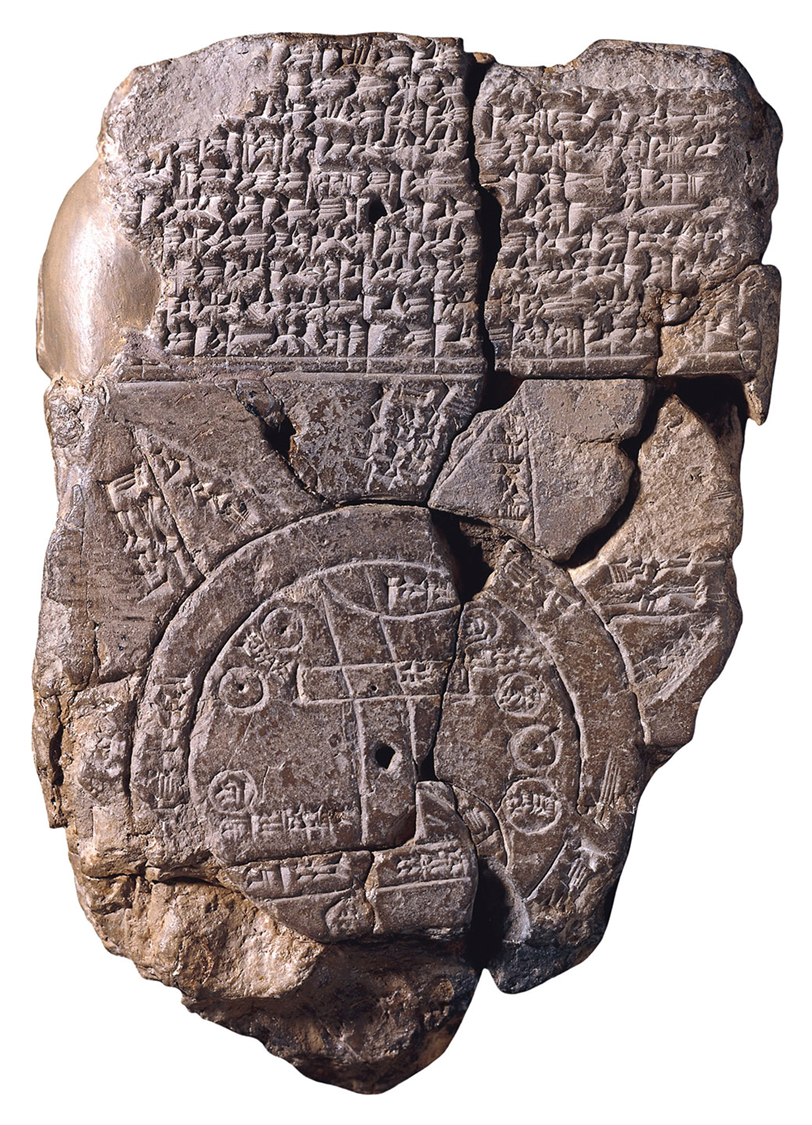
5.17) Babylonian map of the world, from Sippar (Abu Habba, southern Iraq), Neo-Babylonian period, sixth century BCE. Clay tablet, 4¾ × 3¼ in. (12.1 × 8.3 cm). British Museum, London
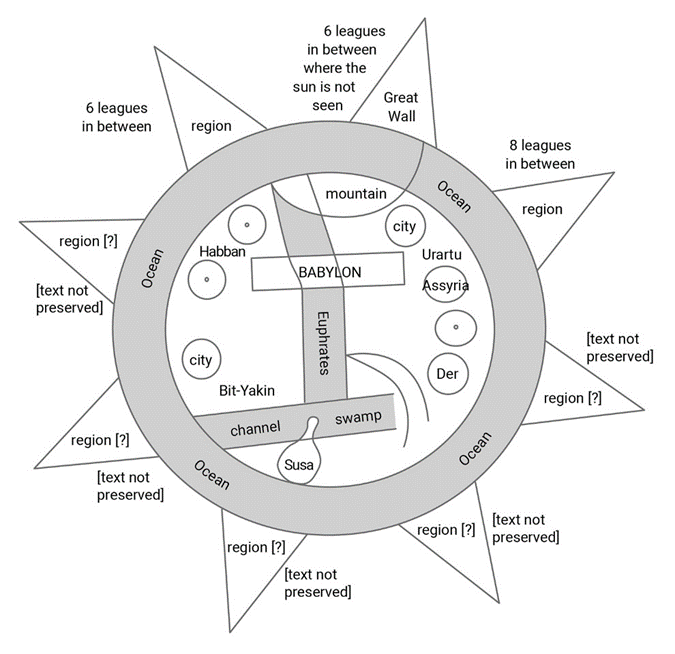
5.17a Explanatory diagram of Babylonian map, with conjectured locations of missing text.
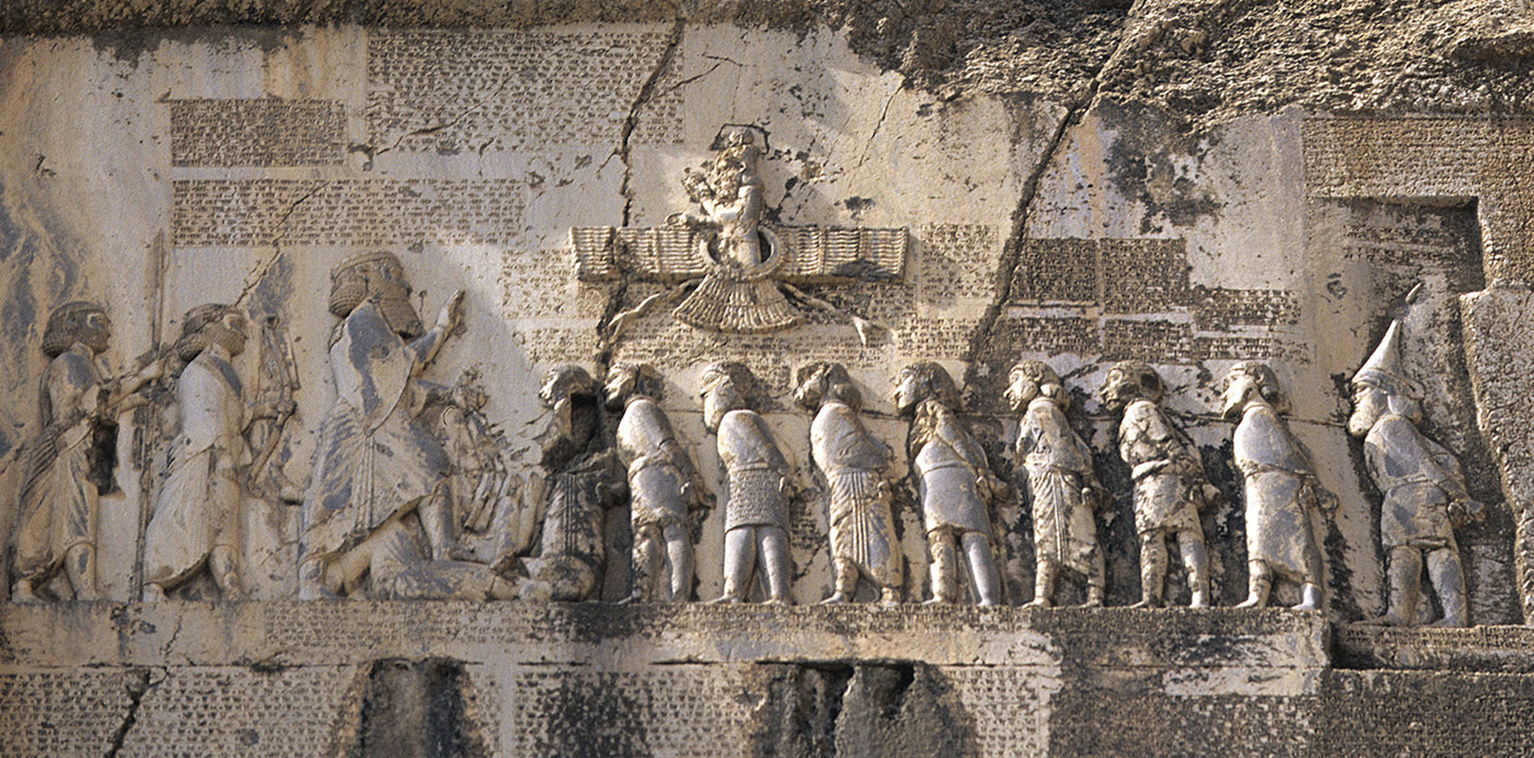
5.18 Bisotun (Behistun) rock relief, Zagros Mountains, Kermanshah province, Iran, 520 BCE. 10 × 18 ft. (3.05 × 5.49 m).
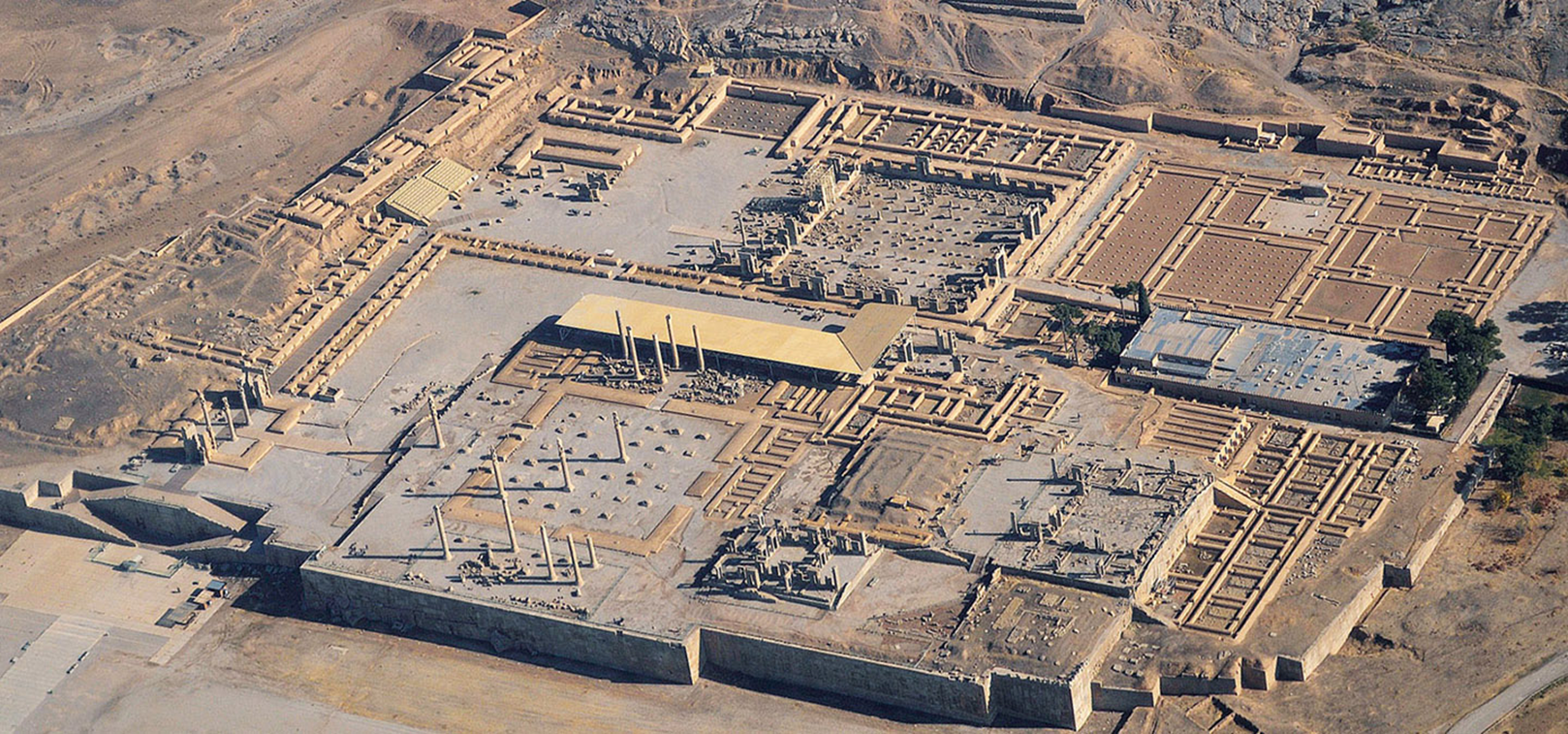
5.19 Aerial view of the remains of Persepolis, capital city of the Achaemenid Persian empire. Fars province, Iran.
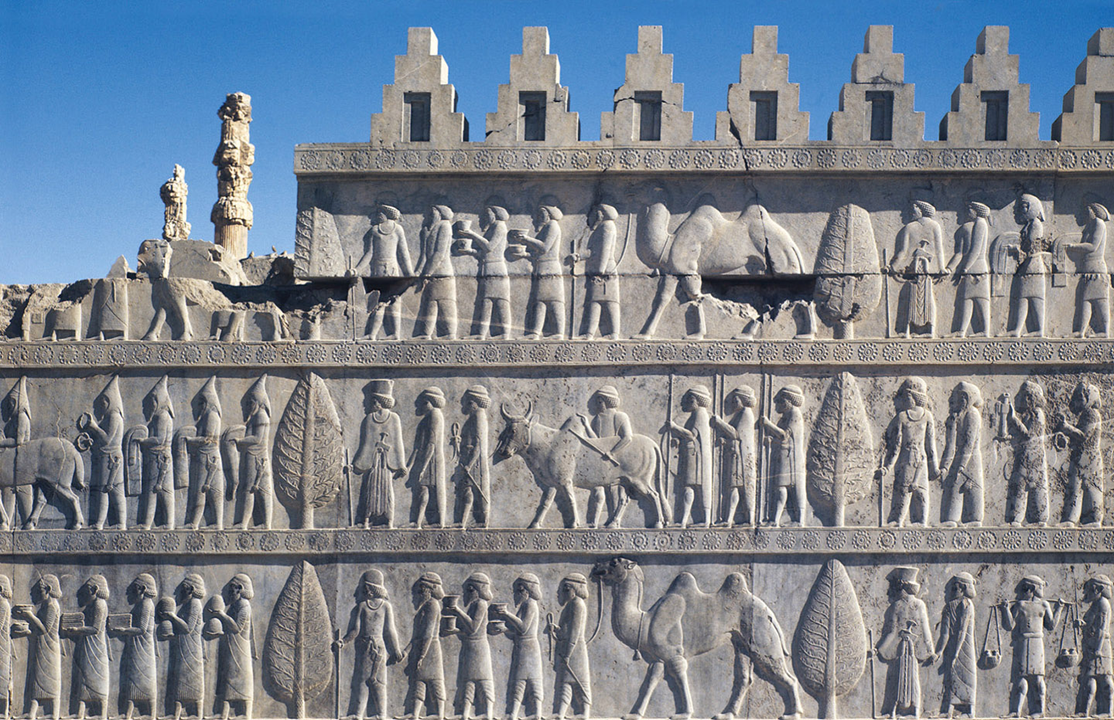
5.20 The Apadana building at Persepolis, stone reliefs on the Eastern Staircase depicting the delegations of different peoples from the empire bringing gifts; from top: Bactrians, Lydians and Gandharans. Fars province, Iran